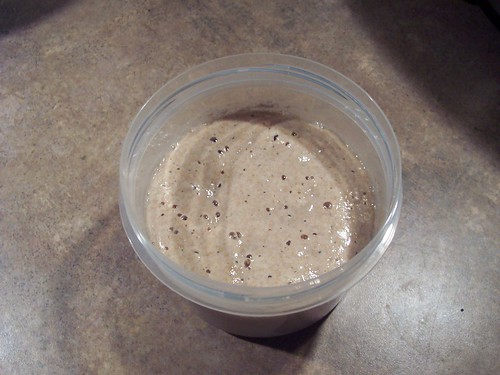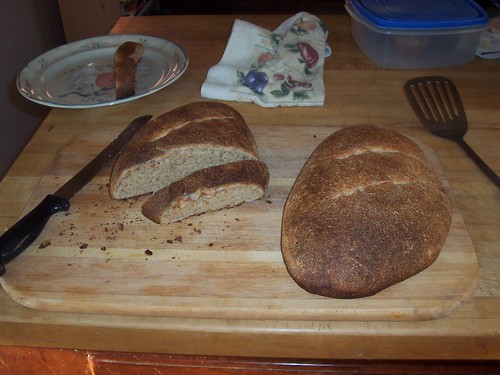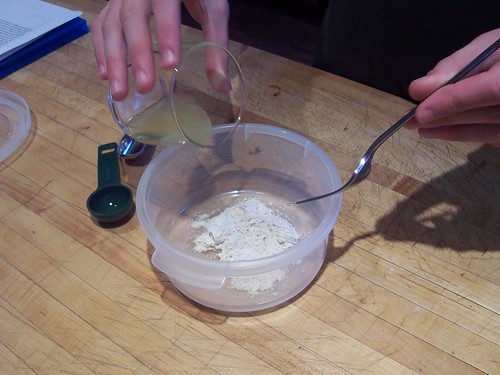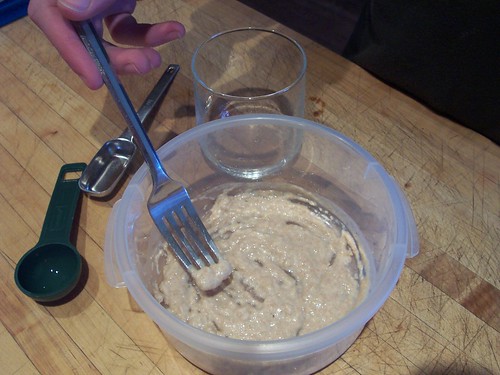For our compost tube, we took some old soda bottles, cut them up to make the column, put food scraps in it, and left it for a few days to decompose. We changed the directions a little, but here is the link to the original instructions.
· 2 clear, plastic, 2-liter soda bottles, one with a cap
· Nylon netting or pantyhose
· Rubber band
· Push pin
· Metal skewer or nail
· Wide packing or masking tape
· Coffee filter - basket type
· Scissors and/or box cutter
· Soil
· Vegetable and fruit scraps
· Meat thermometer
· Waterproof marking pen
1. Rinse the soda bottles. Cut the first bottle around the middle. Set the bottom half aside.
2. Take the top half of the bottle and cut again where it widens out. DO NOT CUT ALL THE WAY AROUND. Leave a flap that will act as a hinge, so you can open the top. Set aside.
3. Cut the bottom off the second bottle just above the curve. Discard the bottom.
4. Wrap the netting over the mouth of the bottle and fasten it below the neck with the rubber band.
5. Poke a hole in the top of the cap with the skewer or nail. If you heat the skewer over the stove you can melt a hole through the cap. Make it big enough to slip in the meat thermometer.
6. With the push pin, poke holes in the second bottle all around the sides to allow air to flow into the column. Do the same with with the top of the first bottle.
7. Take the second bottle with the netting and set it upside-down inside the bottom of the first bottle. Place a coffee filter inside the upside-down bottle so it covers the opening.
8. Fit the top of the first bottle inside the upside-down bottle so they form a long column. You may need to cut small V-shapes in the edge of the inner bottle so it lies flat. Use clear packing tape inside and out to fasten the two bottles together. You may need to re-open some of the holes with the push pin.
9. Bend back the hinged top of the uppermost bottle. Fill the column with fruit and vegetable scraps. You can add any plant matter, including leaves from houseplants. Sprinkle some soil over the scraps, and shake or poke down so it’s evenly mixed. If it’s dry, add some water.
10. Close the hinged top and fasten with tape. Screw on the cap. Insert the meat thermometer. Mark the height of the material in the column with the pen, and write down the date.
11. Put the compost column in a place where it can be observed for several weeks without smelling up the house. Check it regularly to see if the height or temperature changes and to see what is happening to the plant material inside.











































